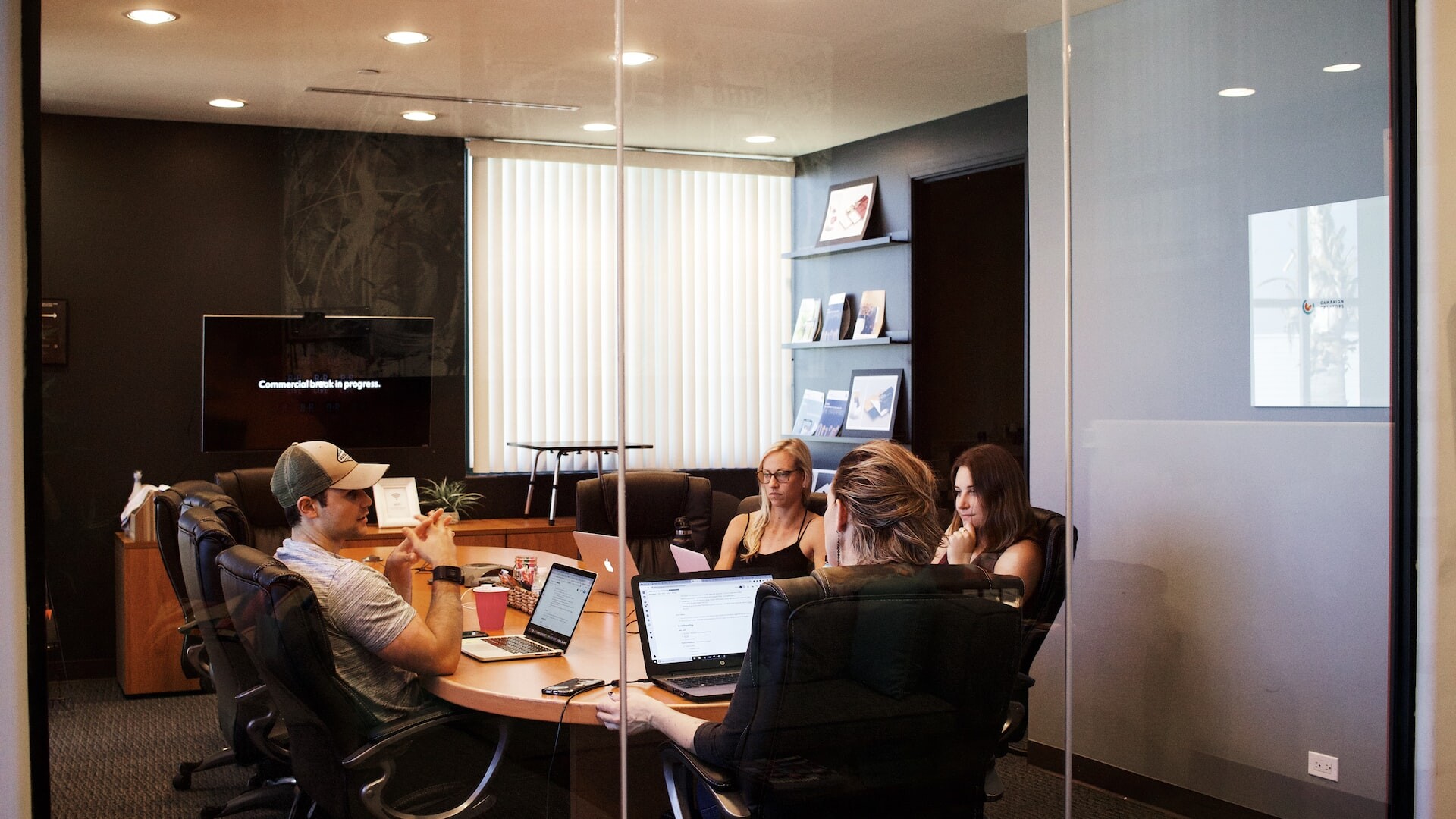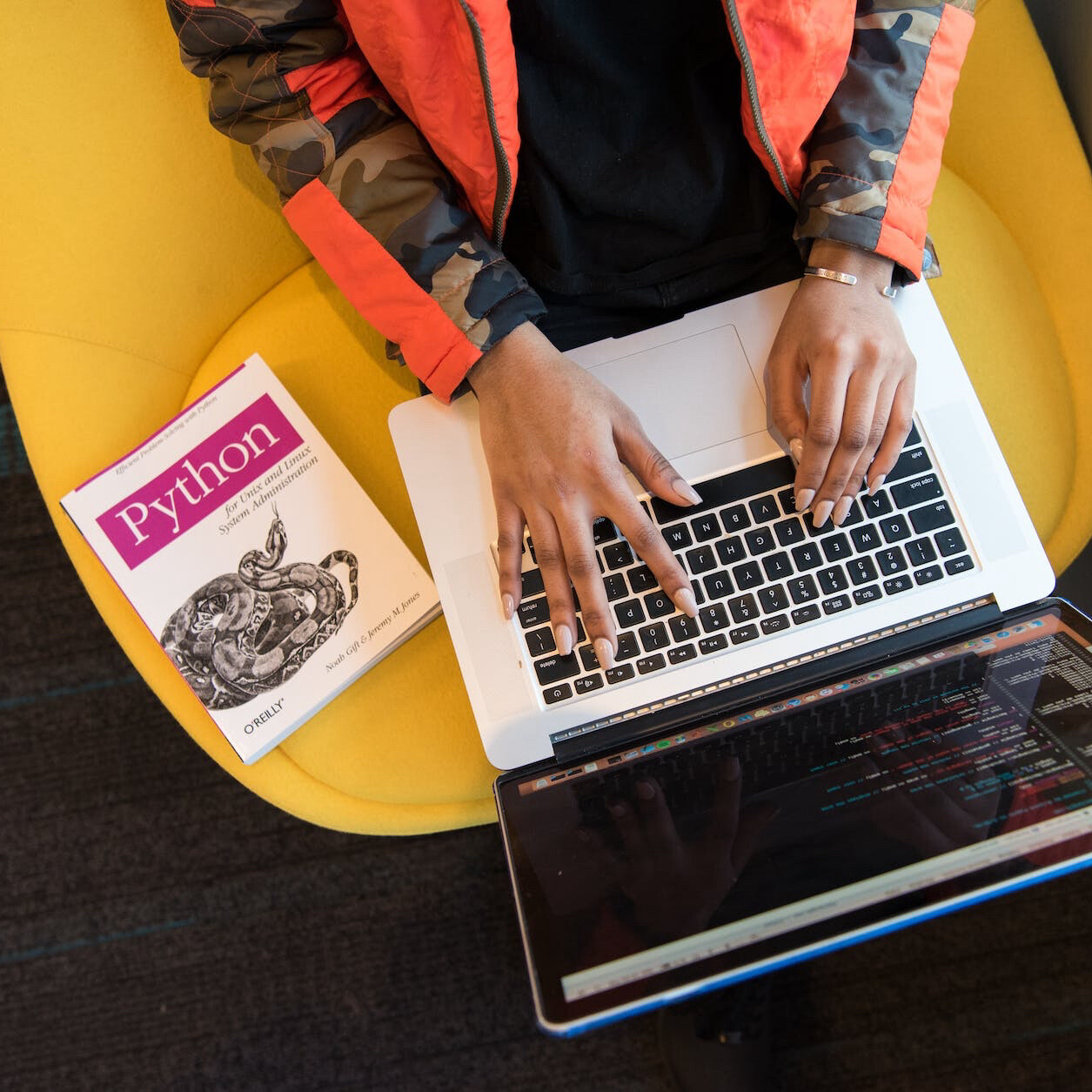- Home
- Interaction
- Designing with UX/UI
Designing with UX/UI
UX (User Experience), the process of enhancing the user’s experience through customer satisfaction, is identified through increasing loyalty and improving usability in the interaction between the customer and the product or service. Focusing on the interaction of humans and their machines, the very nature of the environment has the ability to shape how the viewer interacts with the website and the impression that they absorb of the organization. Directly connected to UX is UI, the user interface – the actual space where the user experience takes place.
When designers and creative thinkers begin to consider new projects and initiatives, their brainstorming must also take care to infuse an ideal UX and UI. The ultimate goal for an optimal user interface is to provide a space where the intended process is easily experienced, efficient and enjoyable (producing the best results with minimal effort, while decreasing the likelihood of any undesired outcomes). There are many elements that founders and designers can choose to focus on when creating the blueprint for their website or mobile experience, but we will focus on three that directly appeal to designing while keeping UX/UI at the forefront of the process.
All noteworthy user interfaces share these three components. Clarity ensures that any vagueness is avoided and enhancing clarity through every element, especially visually. Since the human brain absorbs most of its information through the visual center, associating emotions and memories with images, the visual experience for the user must be perfect. A designer or brand director must secure the final product displayed for the viewer, providing precise and intended takeaways for current and future users.
Great responsiveness makes for a faster interface, giving quick and efficient feedback to users. A way for designers to provide an agile and responsive user experience is to run through the program, acting as the user, and determine if there are any unintended delays and if any changes need to be implemented to fine-tune the experience.
Finally, having an attractive interface will only attract users and add to their experience. Concentrating on aesthetics will increase the user bond with the interface and strengthen their experience and positive association with the brand or website – having a happy and motivated audience is definitely a fantastic way to bond with consumers and spread a positive impression of your organization. Recently, companies have been embracing aesthetics within minimalism and simplicity, employing symmetry with their web design and appealing to the eye.
Related Articles
Crafting the Perfect Call to Action
December 19, 2023


